Not afraid! We are talking about Samsung, which refused to close the Note line after the adventures with Note 7. And about the Chinese, who quickly copied another novelty. As a result, we found more than a dozen differences and know exactly why the “unlicensed copy” should be bypassed three kilometers. Meet: the prince and the beggar - the original and a replica of the Samsung Galaxy Note 8.

I would like to once again make a small disclaimer: we in no way urge you to make your choice in favor of this or that gadget (this is a personal matter for everyone), but we will try to convey the idea why the original is worth its money and what it saved in a replica. Go!
When comparing to the face-to-face, the replica that came into our hands reveals itself in the first few seconds, which makes a direct comparison of the two devices not entirely correct. In this regard, we will go through the details of each of the smartphones and dwell on the obvious replicas of the replica, which you should know if you are aggressively offering “the new Galaxy Note 8 at an attractive price because you really need money” in the dark of Moscow winter.
Appearance
Korean
Let's start with the look. Samsung Galaxy Note 8 falls in love at first sight: it has an expressive and individual look, rounded edges and smooth corners, quality materials and moderate dimensions with an impressive screen, not to mention the stylus and its capabilities, but let's not get ahead of ourselves.
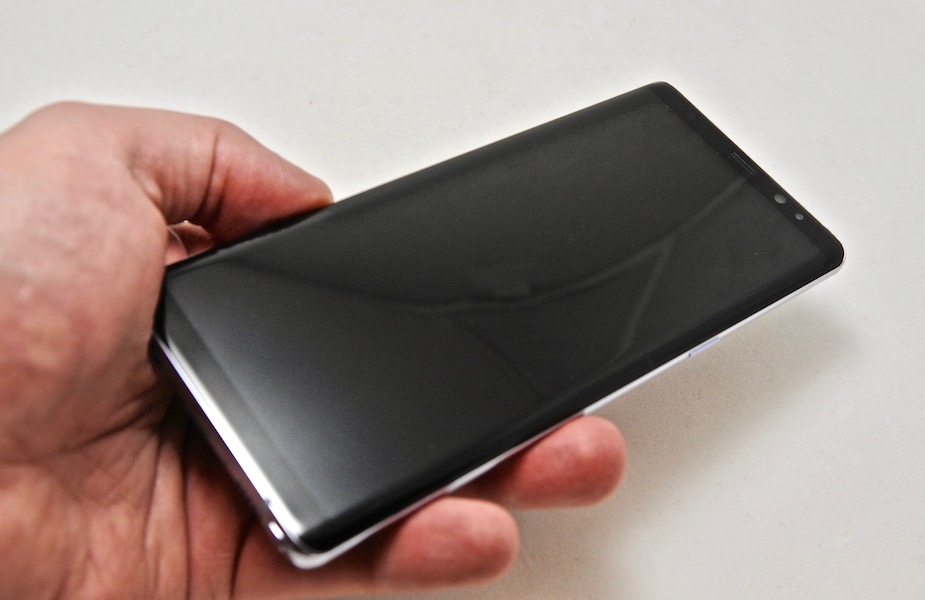
Dimensions of the novelty and the truth are a little unsettling, but only in the good sense of the word: with a screen diagonal of 6.3 inches in front of us, the gadget is quite an acceptable size, narrower than the devices with a smaller display diagonal. Samsung was able to rethink the question of the screen and fit it into a compact slim case with the usual depth for such devices. Weight Note 8 without surprises: yes, the device does not look and is not perceived as a fluff, but also not too heavy for its functionality, rather it is a classic option.

Once the conversation turned to the materials - let's dwell on them in more detail. The basis of the design is a metal frame, a kind of device stiffener, which decreases on the side faces and increases on the top and bottom. The front panel is covered with glass with rounded sides and blackening of the back side. Behind - a similar glass with a notch under the camera unit and fingerprint sensor, but with an individual color. It is with this panel that the models differ: black, blue, gray and gold are available on the market.
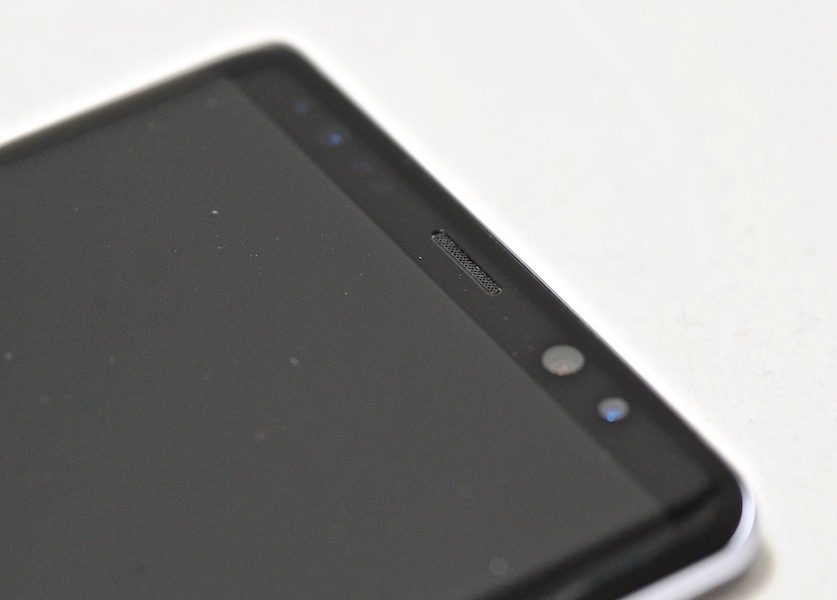
There are not very many elements of the phablet case structure, the main thing is the screen. On the front panel in the upper part, in addition to a small horizontal slot of the conversational speaker and the front camera, there are various sensors: proximity, lighting, etc.
Actually everything: the area under the screen is empty - the control keys are made virtual, hidden.


The combined thin volume and Bixby service launch buttons are placed on the left side of the case, and the power / lock button is similar in shape to the right. All elements have a small and snapping move, which is more of a benefit for their functionality.

At the bottom we are waiting for streaks of the antenna, 3.5mm audio jack, USB type-C connector, microphone hole, four call speaker slots and a stylus compartment with a stylus inside.
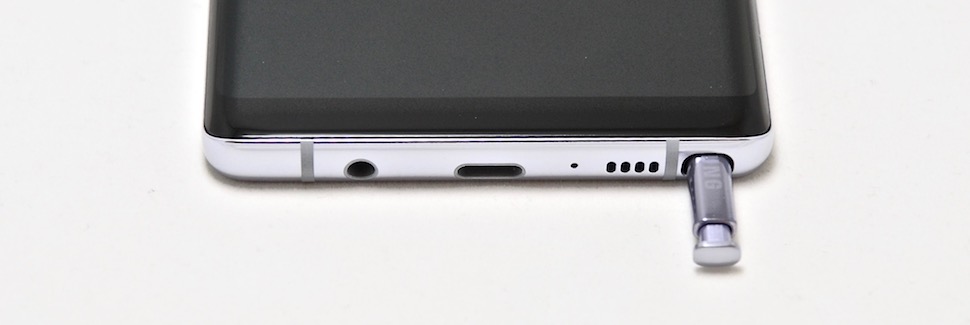

Stylus is a separate song, which is not ashamed to devote a whole section of the review. Since the time of the first Note, this accessory has caused a lot of enthusiastic epithets and the envy of those on whose Samsung devices it did not work. So, click on the cap of the pen and it telescopically expands by about a third, allowing you to remove the accessory out of the tail formed (at the same time, a custom semicircle of applications used with the S-Pen is launched).
The stylus itself is a plastic handle with a metal shank and a plastic tip, made in the color of the back of the device itself. On the body of the accessory is a key (usually responsible for the eraser when used in notes). S-Pen can be used for drawing as well as controlling the phablet, which is why we are very loved by the users who are used to it. Of course, the accuracy and quality of operation in conjunction with the device is amazing, but this option requires both habits and skill.

Let's go back to the gadget itself. Even on the upper face are two streaks of the antenna, a microphone-noise and a hybrid SIM card / microSD tray, which can be opened with the help of a complete “clip”.

On the rear panel, in addition to the manufacturer's logo and official information, there is a camera console and a fingerprint. The module in the Note 8 is double, with a flash, which along with the scanner are made flush with the housing panel, and the elements themselves are even slightly recessed relative to the frame, which plays a role in their protection.
With the appearance of the Galaxy Note 8, perhaps, everything. Now look at the replica.
Chinese
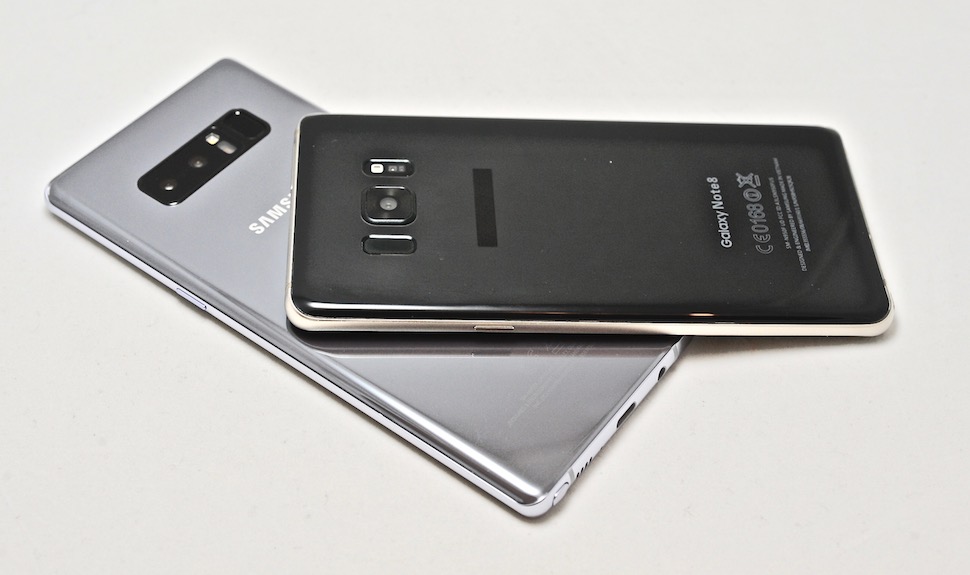
A replica of Galaxy Note 8 is slightly shorter in length, slightly wider and lighter than the original (175 grams versus 195). If you look at it simply as “another phablet”, we will see rounded front and rear glass panels and a metal stiffener with a much smaller, than the original, thinning along the side faces. The metal of the stiffener is dull - unlike the gloss of the original - and the panels visually look worse, although the assembly does not cause any complaints: everything is very high-quality, without gaps and burrs.
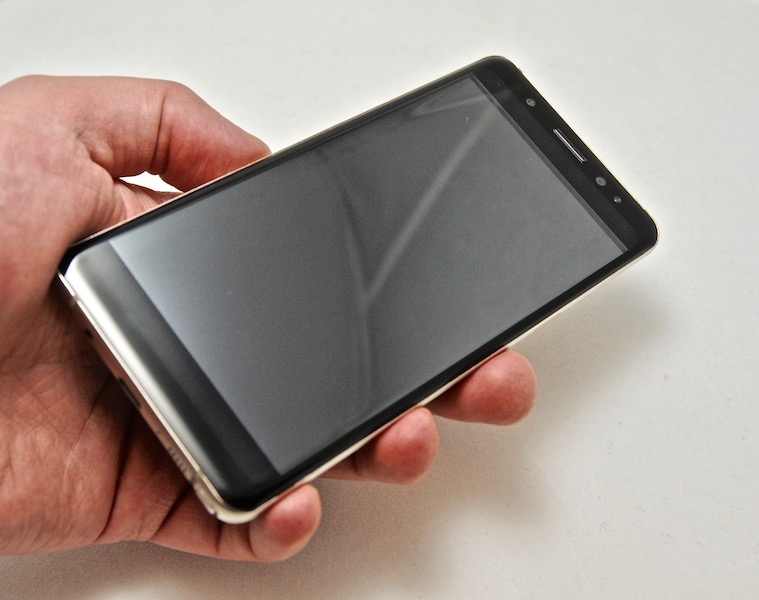
The filling of the construction is similar, but the copy does not repeat all the elements. Let's start with the dominant - the front panel. The main difference from the original is in the matrix of the screen. Instead of SAMOLED here IPS. And a much smaller size - 4.6 "against 6.3". In order to somehow hide the difference, the developers provided it with a wide black frame, which visually increases it when the screen is off. Above there is a horizontal speaker, covered with a metal grid. To the right and left it is surrounded by a work indicator, sensors and a front camera.
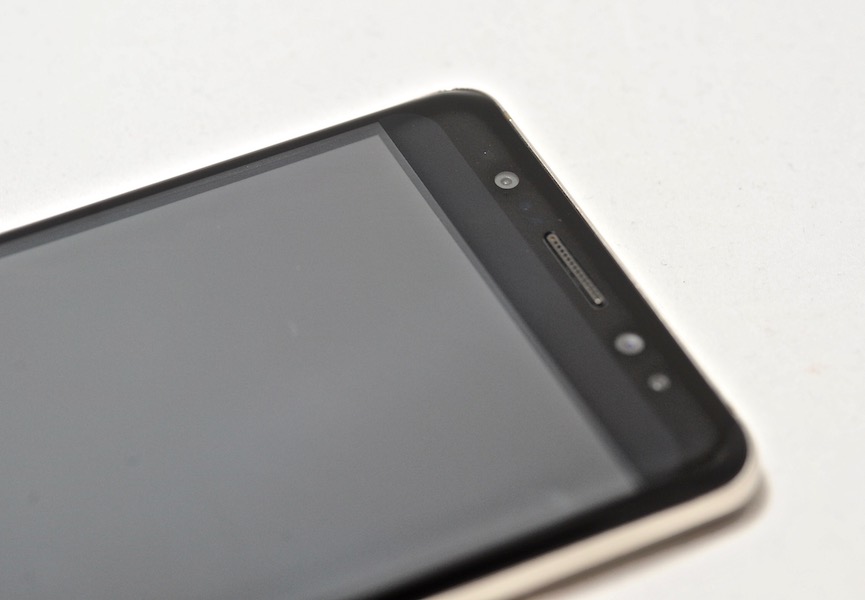
Components of the console stand out more and are less elegant. There are no elements under the screen. The control keys are also virtual, but the bar separating the display from the bottom edge is slightly wider.


Separated volume keys are located on the left side, and the power / lock key is located on the right. Bixby buttons no.

The bottom end of the case is designed for two antenna streaks, a 3.5mm audio connector, a USB type-C connector, a microphone hole, eight call speaker holes and a stylus compartment with a pen inserted into it.

In this case, there is nothing special about writing a pen: it has little in common with the S-Pen. The bottom line is that in a replica, an accessory is simply a metal (probably aluminum) rod, which, when extracted, triggers a semicircle of applications. There is no telescopic shank, key or interchangeable tips. Clarity response is also significantly lower than the original.

The upper end of the case contains two streaks of antennas, a microphone-noise, as well as a hybrid tray nano-SIM / microSD - all as in the original.

The back panel is what the “false Dmitry” can immediately give out: if the service characters and the inscription Galaxy Note 8 can be taken for good coin, then the camera console and the fingerprint sensor immediately show that we have a copy. First of all, the elements are scattered - not merged into a single console. Then, they differ from the original - the camera is single, it protrudes from the panel of the case, and the flashes and the sensor are completely different.

I would also like to separately note the protection parameters of the buildings of our today's guests. The Ingress Protection Rating (translated from English - “the degree of protection against penetration”) is a system for classifying the degrees of protection of electrical equipment and other devices against penetration of solid objects, dust and water in accordance with the international standard IEC 60529 (DIN 40050, GOST 14254). The first digit in the standard - refers to foreign objects, and the second - to water.
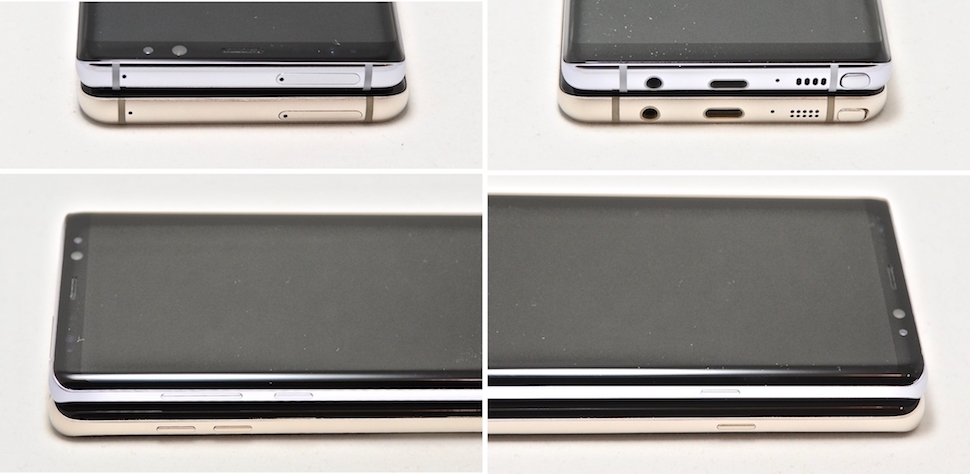
In the original, the IP68 standard is declared, which tells us that the device is completely dustproof, and also withstands immersion to a depth of more than 1 m for more than 30 minutes, while it is able to work in water. With a replica, we would not conduct such experiments even after a cursory examination of its body.
Specifications and tests
If the technical characteristics of the original Note 8 are stated in the official specifications and can be confirmed by tests, then we had to tinker with a replica. So, not all the usual and frequently used programs we were able to run. But even if it succeeded - the program could fly out with an error or for an extremely long time to work out its cycle.
In addition, the Chinese Kulibin could skillfully slip the application of CPU-Z and other fake specifications. Because of this, we could not identify the SoC and the amount of memory in the system and put in the table the data that the utilities gave us (highlighted in red). Of course, this is not the newest Snapdragon 835, and there are only four cores in it, not eight.
| Original
| Replica
|
operating system
| Android 7.1.1
| Android 7.0
|
Display
| 6.3 "Super AMOLED, 2960 x 1440 pix.
| 4.59 "TFT, 1280 x 720 pix.
|
CPU
| Samsung Exynos 8895 Oct 2.3 GHz, 1.7 GHz, 8 cores
| Qualcomm Snapdragon 835, 1.3 GHz, 8 cores
|
Ram
| 6 GB
| 4 GB
|
Flash
| 64 GB + microSD up to 256 GB
| 64 GB + microSD
|
Main camera
| 12.0 / F 1.7 MP + 12.0 / F2.4 MP, autofocus, flash
| 12.0 MP, autofocus, flash
|
Front camera
| 8.0 / F1.7 MP
| 5.0 MP
|
Dimensions
| 162.5 x 74.8 x 8.6 mm, 195 g.
| 175 gr.
|
Let's go to the screen. In the original, it supports up to ten simultaneous touches. The replica has only five. Enough and five, you say, and you will be right, but in general, once stated - we must check.
The screens themselves are like heaven and earth. In the original, we see a full-fledged and even in some way innovative 2.5D display with its own features and “chips”. At the same replica, we see quite an ordinary and familiar display of a smartphone of the middle price segment.
 All photos are original on the left and a copy on the right.
All photos are original on the left and a copy on the right.
The effect of rounding in the second case is achieved by a protective glass / touchscreen, while physically the matrix is a classic rectangular without any tweaks. The picture of the original version - if it does not have natural colors and (like many Korean vendor devices) is slightly over-saturated with the SAMOLED matrix - in any case, the replica is sharper and more contrast.
The backlight of the replica is dim, auto-brightness works out not quite correctly. At the same time, we don’t even see the point of comparing the resolution, response accuracy and all sorts of software improvements / settings that reveal the potential of the screen in the original Galaxy Note 8.
| Original
| Replica
|
AnTuTu Benchmark v6.2.7
| 170.095
| 22.090
|
Geekbench 4.2.0 (Single-Core / Multi-Core)
| 2003/6724
| 412/1106
|
3D Mark (Ice Storm Unlimited)
| 31137
| 2862
|
3D Mark (Ice Storm Extreme)
| 12889
| 1980
|
Epic Citadel (Ultra High Quality)
| 59.7 FPS
| - |
Epic Citadel (High Quality)
| 58.6 FPS
| 40.0 FPS
|
According to the tests of iron and speed, we note that the original does not change the temperature, even under severe stress. The replica couldn’t brag about it - the back cover heated up noticeably when some applications were running.
Let's turn to performance and speed. For all the tests, it is clear that a completely budget 4-core Mediatek with a frequency of 1.3 GHz is installed inside.
The original Galaxy Note 8 is bright with both standard and third-party applications - we did not note delays in triggering and launch. The replica is lagging behind in speed: if the Chinese craftsmen have optimized the built-in (basic software), but not always, the third-party software often hangs on startup and during operation. The very same false gadget can restart from time to time when fully charged for no apparent reason.
Equipment

Replica came to us in a black matte cardboard box with a "dust jacket". Inside, besides the device itself, there was a network charger, a USB cable - USB type C, a wired stereo headset and a “clip” in order to open the hybrid tray. It is curious that all the accessories are white, and the information put on them is somewhat inaccurate - in principle, this can be an alarming signal indicating that we are fake.
In the original, all accessories are black. Wired headset branded, from AKG, with a set of ear cushions. There are additional tips for the stylus and tweezers to remove it, as well as two adapters (to different connectors) to the charging cable. Awesome, agree?
Software and interface
A full comparison of the shells and the OS Galaxy Note 8 and its replicas can devote a separate full review. Now we confine ourselves to a cursory assessment. At the time of the test on the original, the OS Android 7.1.1 was installed, on the replica - version 7.0
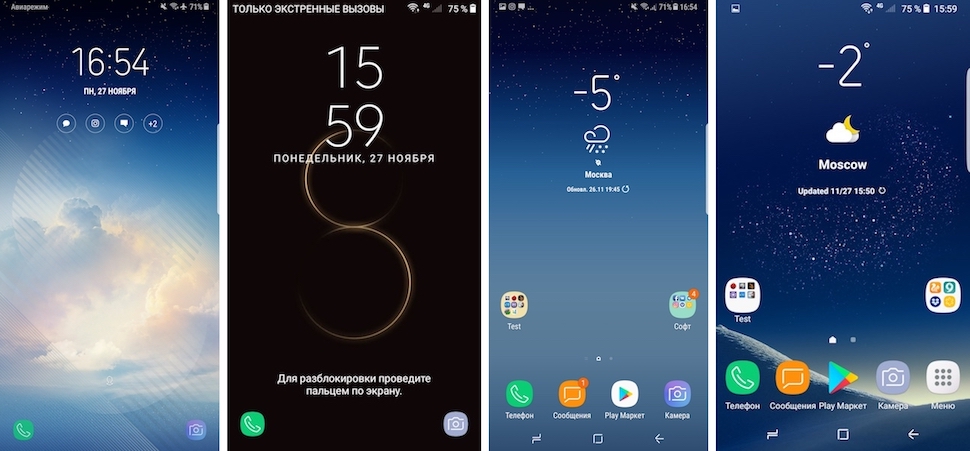
The real-time lock screen of the original displays the current time and date, as well as the battery charge, while at the replica it turns off completely (while the operating time of both devices plus or minus is the same, about a day, 12-14 hours with classic user load).
Desktops are similar, except for the animated and nice looking wallpaper in the original version. In both phablets on the desktops, you can place widgets, folders, and application shortcuts, change applications in the lower dock of the main functions, and also push the top notification curtain.

The shutters differ significantly: in the original version in the form of a matrix, a large number of icons are located, the replica also displays them in the horizontal scrolling format, but in both cases you can switch from the shutter to the settings.

The basic settings of the devices are similar: they look like a vertical list of options, where the graphic icon is located to the left of the name. The replica has fewer personalization possibilities, but this is not surprising - the functions are also less, and the technical stuffing is simpler.

Go to the list of application icons in the original version can swipe from the bottom up. For a replica, it is caused by a special key located at the bottom of the screen. The layout of the menu is similar, matrix: in a replica of 5x5, the original 5x6 plus the search bar on top.
Camera
As you remember, the original Galaxy Note 8 is equipped with two rear cameras of 12 megapixels, as well as a front one at 8. The replica promises 12 and 5 megapixels, respectively, despite the fact that the rear camera is one.


There is absolutely no point in comparing the amount of settings, since in the replica they seem to be taken from a regular Android, and only the application interface is slightly doped to the original device. As for the original, here the camera is displayed in a competitive advantage, which is why the set of options, and the presets, and other settings will satisfy both the ordinary and demanding user.

As for the shooting: with the naked eye you can see where the device is - we just give you for comparison a pair of frames taken by both devices at the same time.
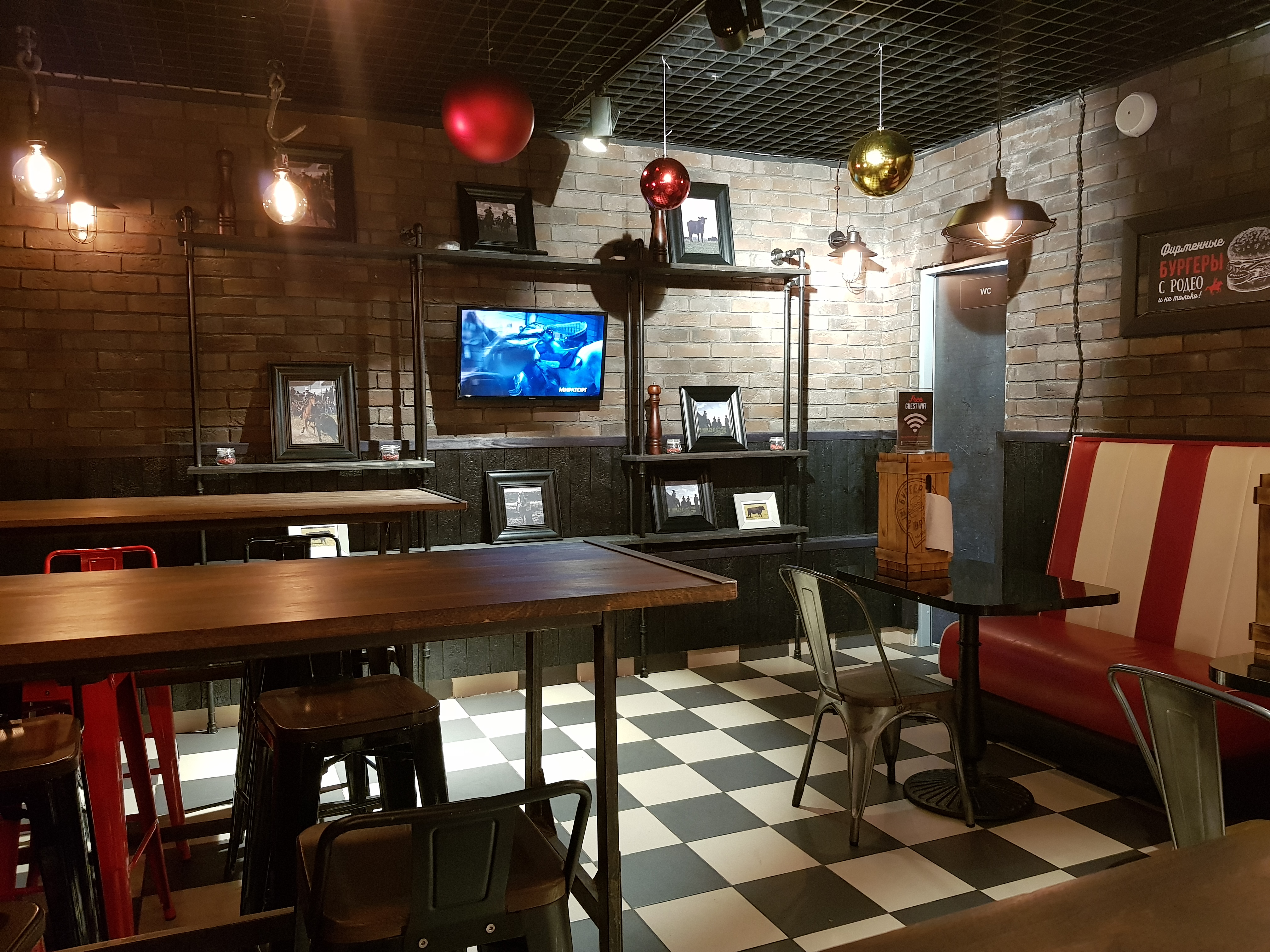 Korean
Korean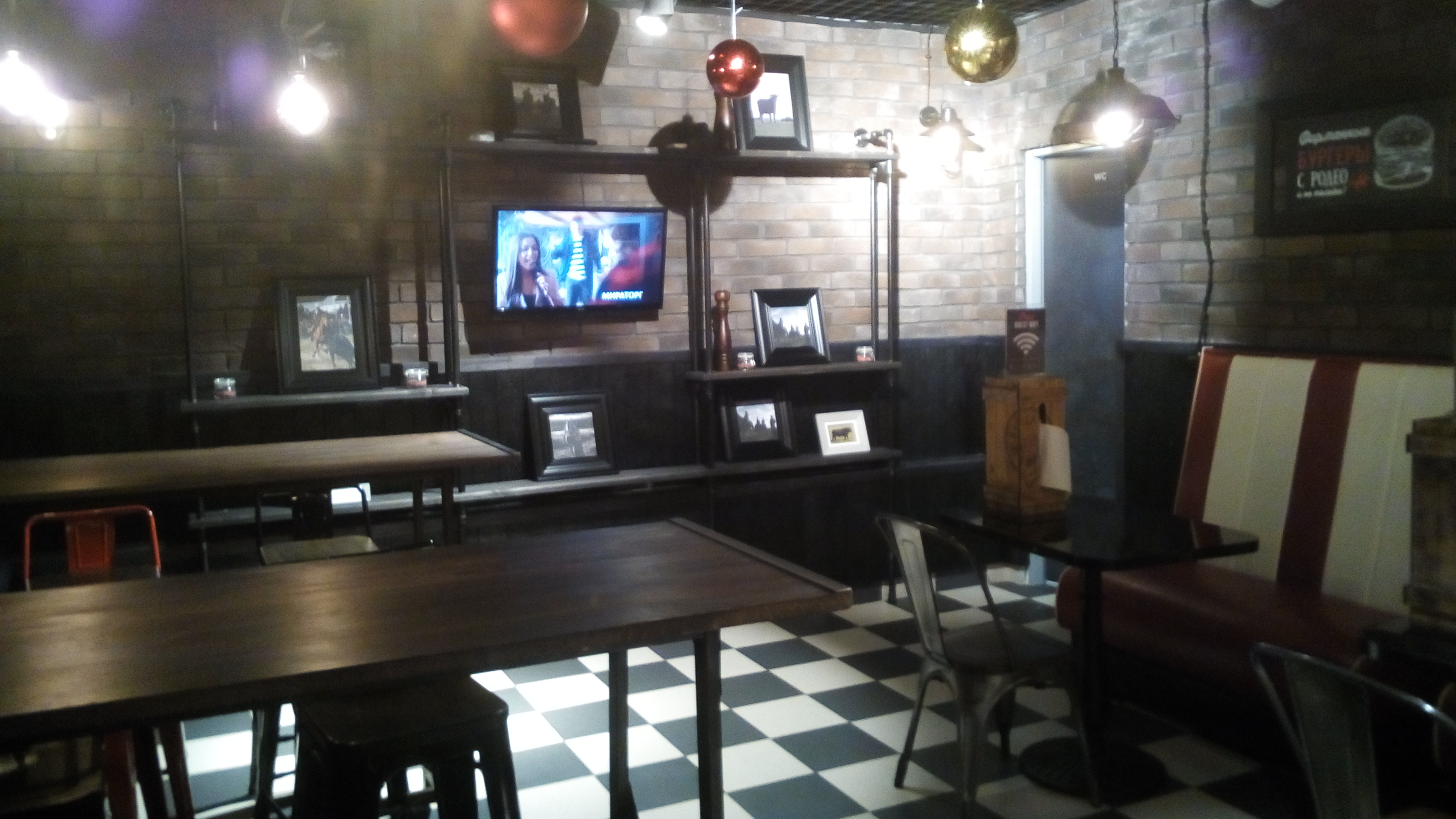 Chinese
Chinese Korean
Korean Chinese
Chinese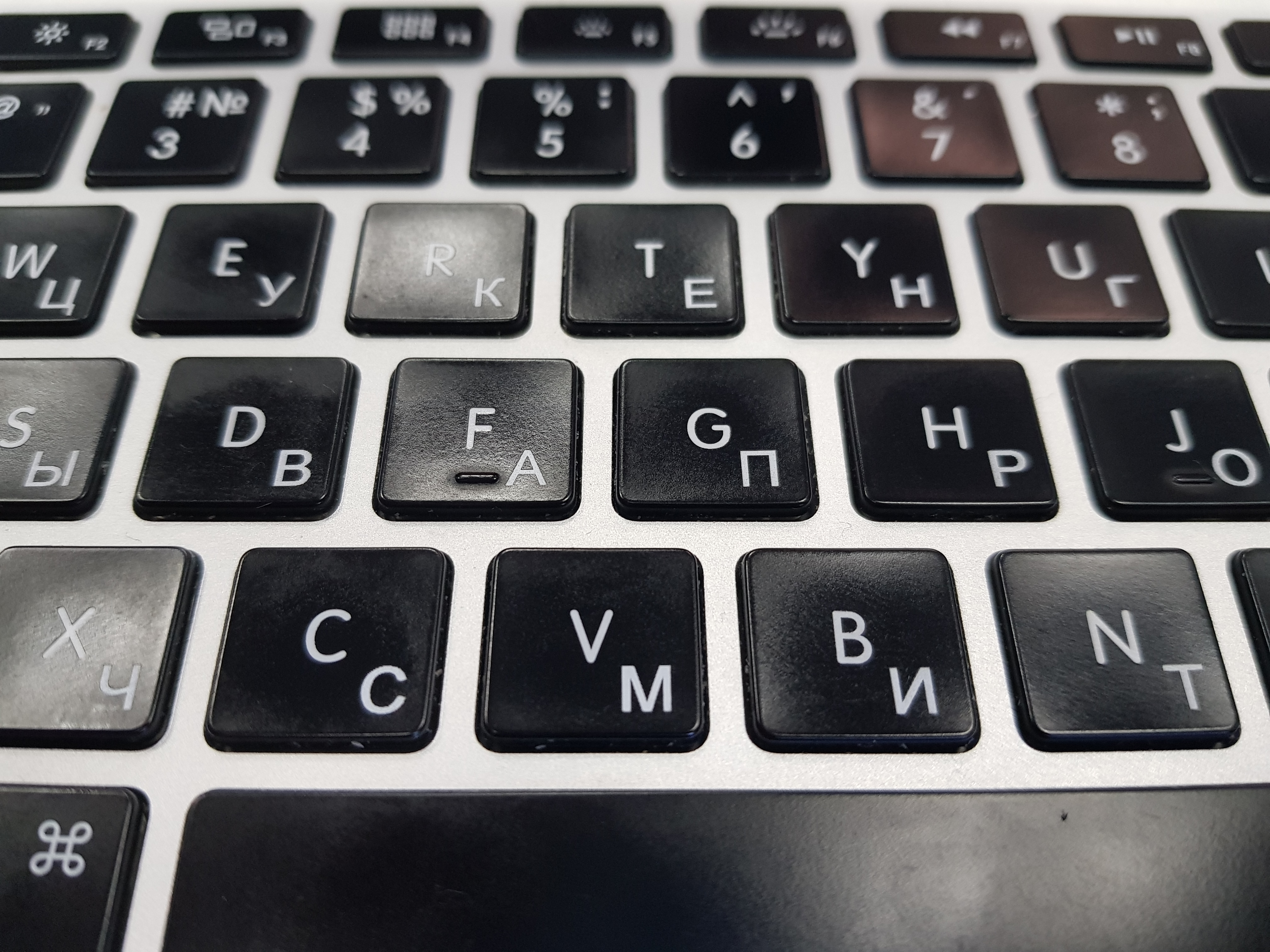 Korean
Korean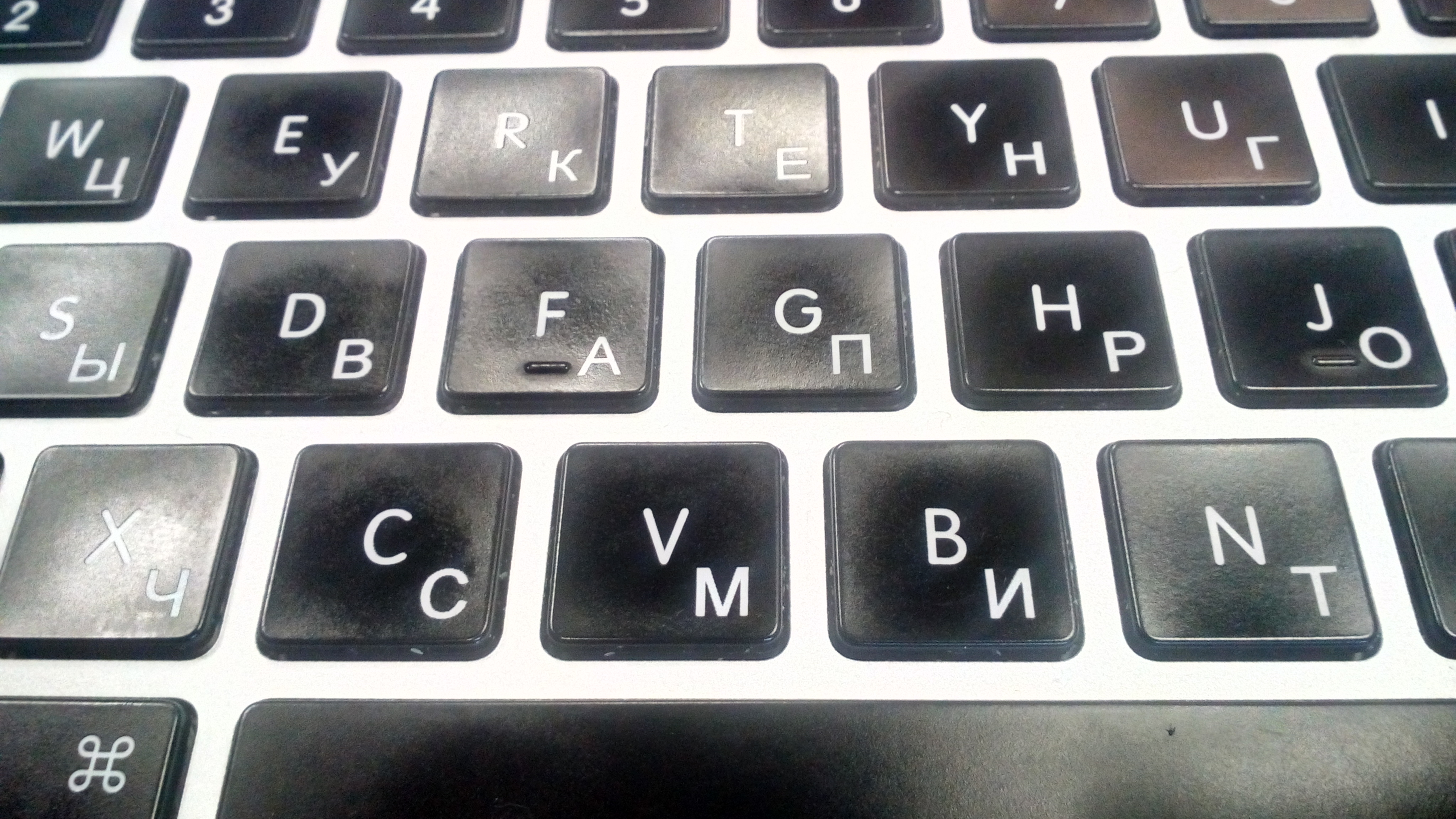 Chinese
Chinese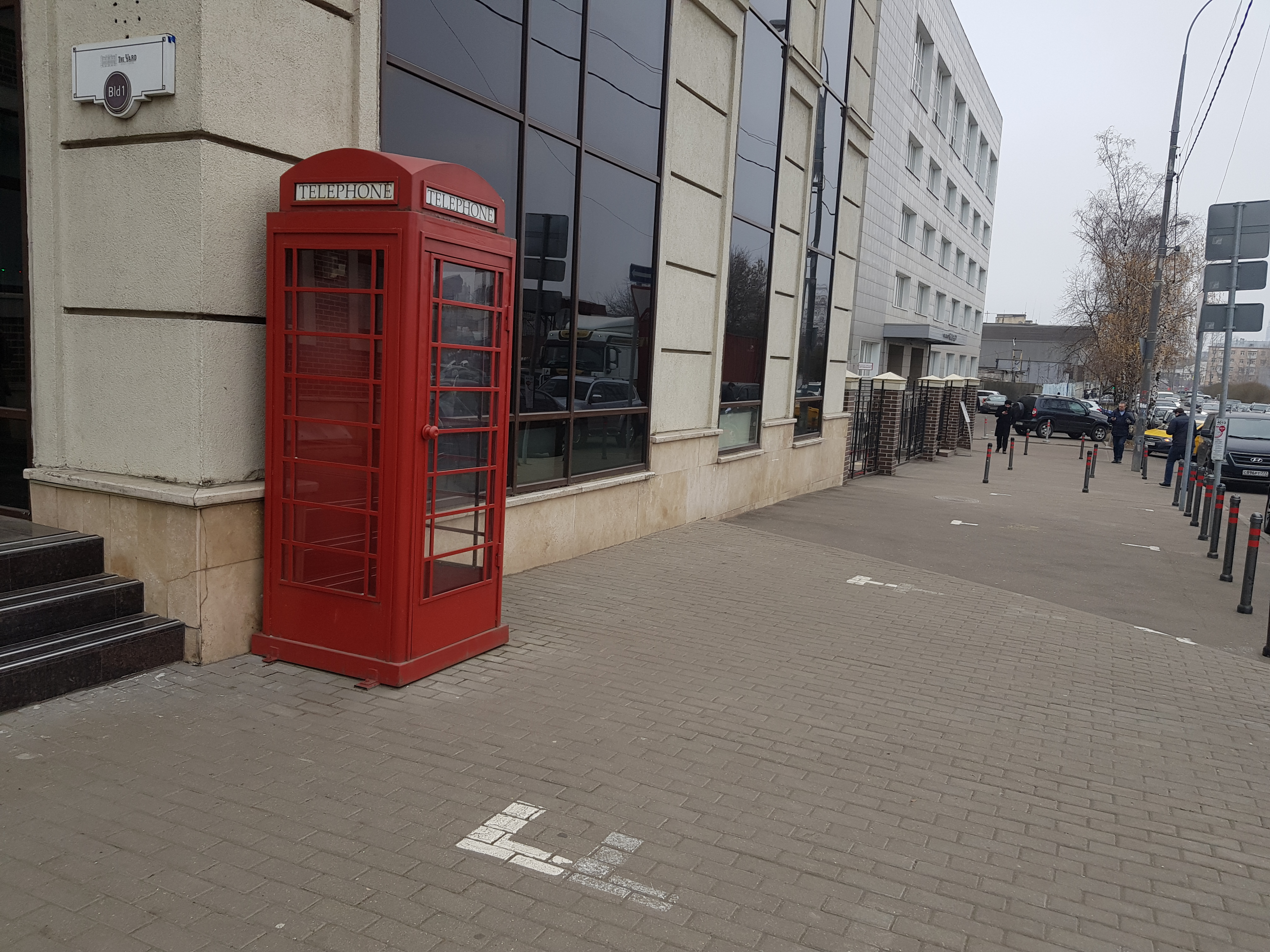 Korean
Korean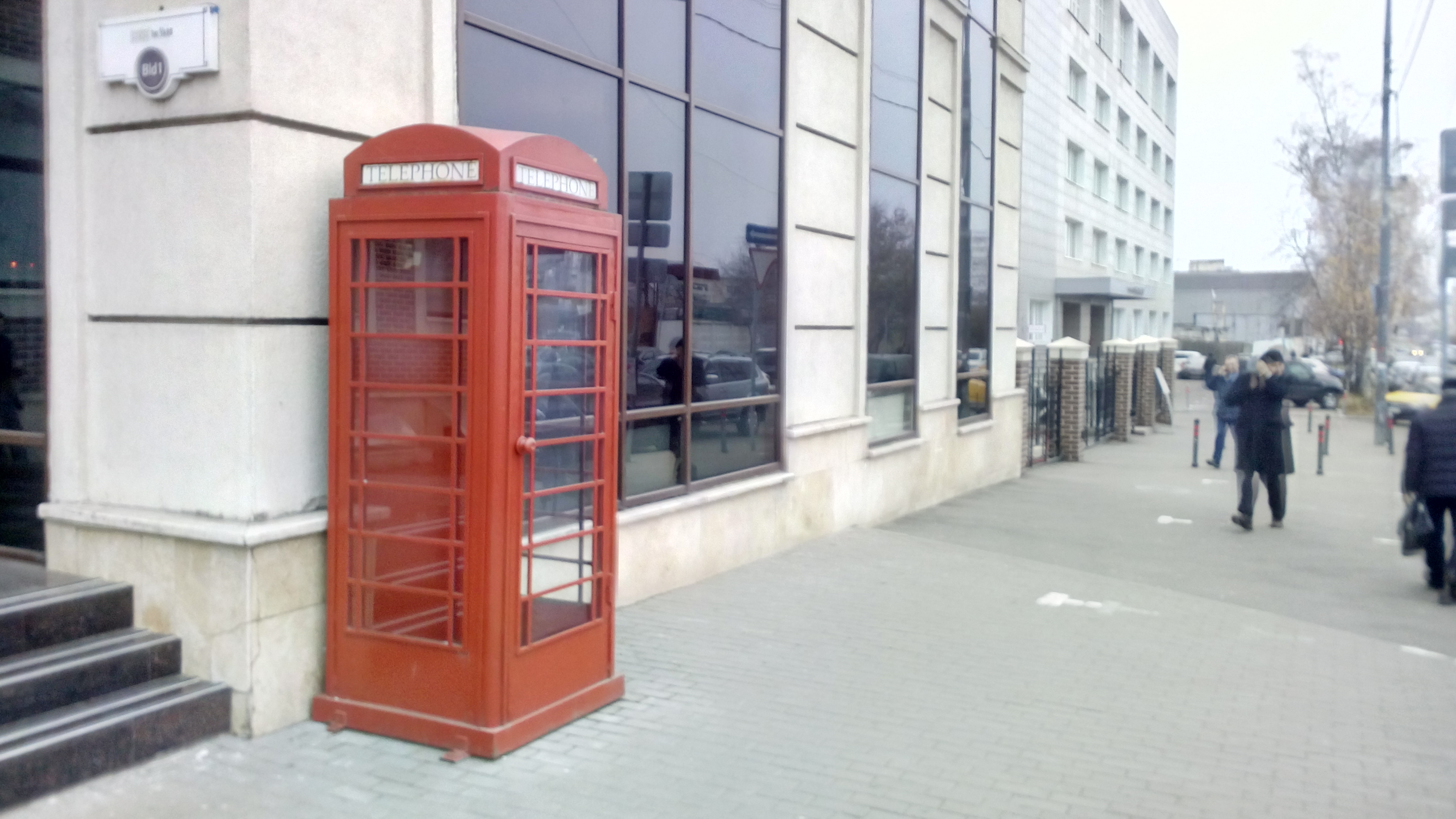 Chinese
ChineseTotal
As a result, if the replica tries to copy the appearance of the original with varying degrees of success, then it does not work out the technological side at all. Agree, if, for example, the functions of the S-Pen stylus or Fast Charge fast charging could be emulated or made easier and, therefore, cheaper than the original, this would have blown up the market and shaken the positions of the leading brands in this field. .
But no, everything that is innovative is usually expensive and quite difficult to implement.

The meaning of the replica is ultimately limited to imitation. It is suitable, for example, for the scene in the film, where breaking the original in a few takes would be very expensive.
To create an image that needs to be backed up by status, it is no longer suitable because of inaccurately copied appearance. Well, of course, for everyday use, such gadgets are also not suitable because of the slow and outdated stuffing with unstable software.